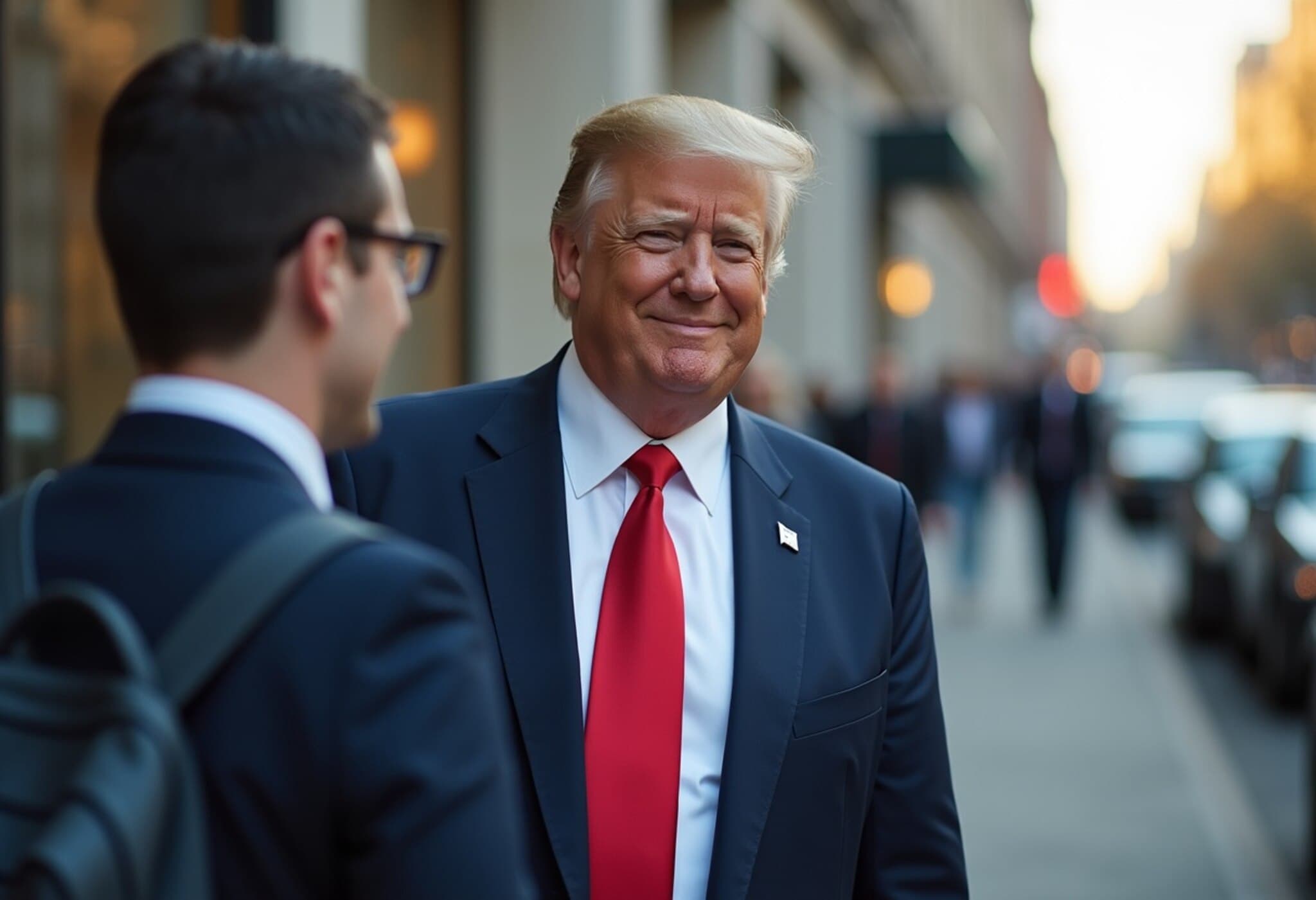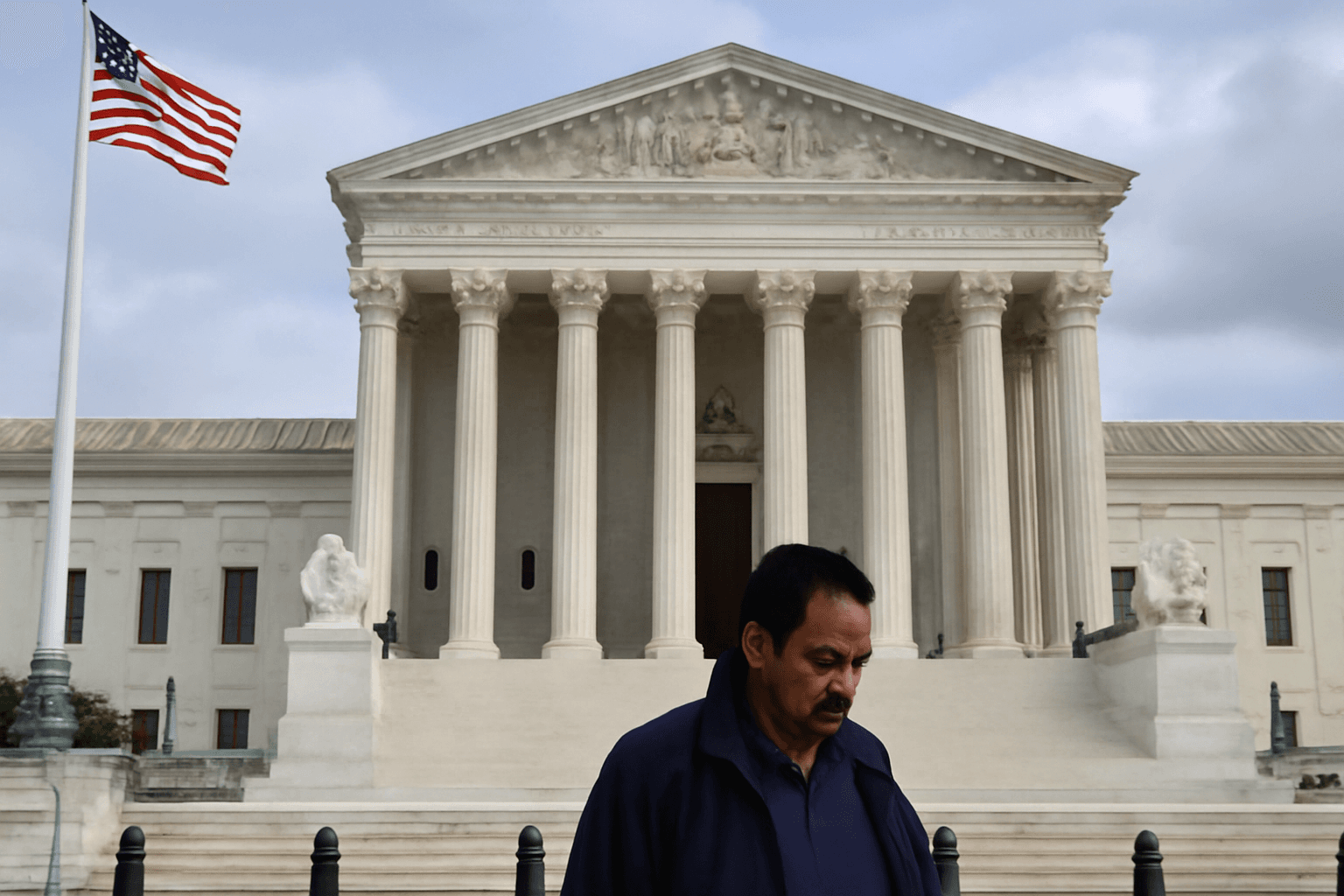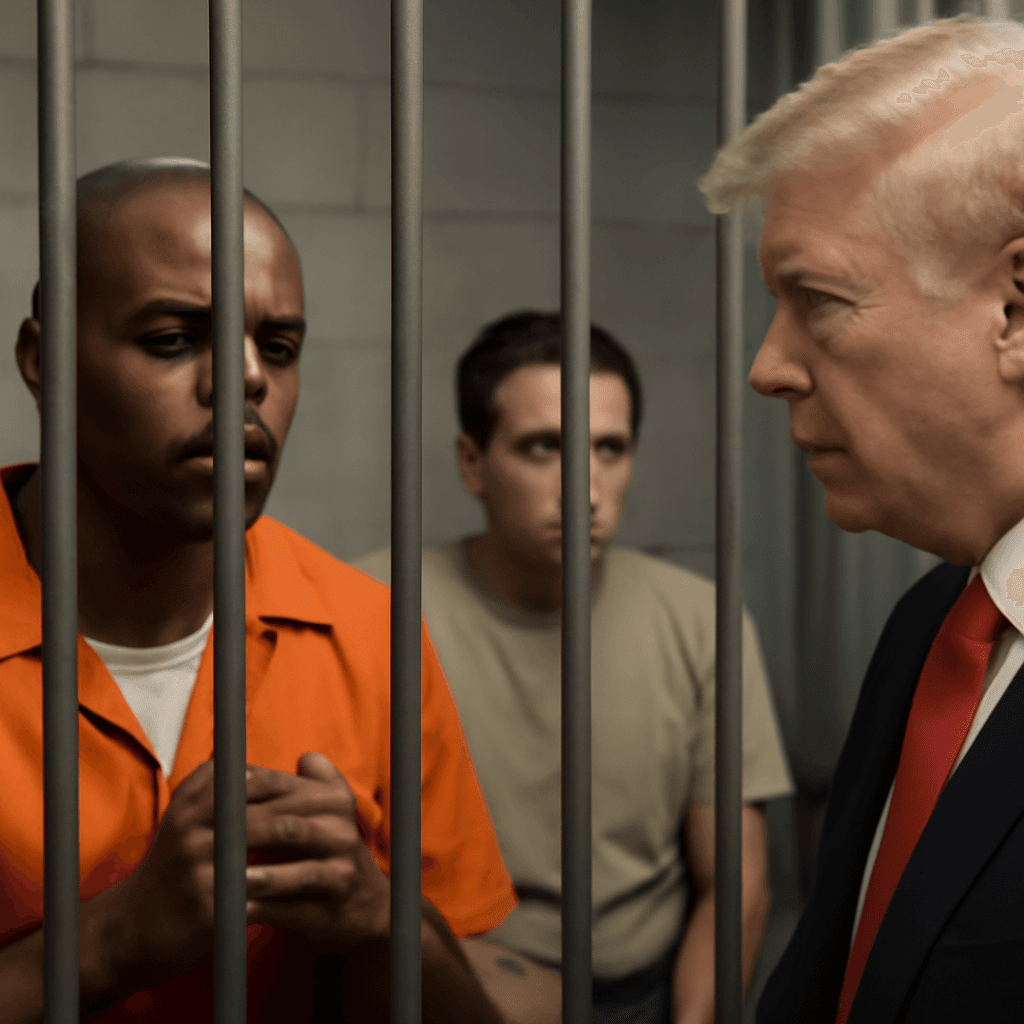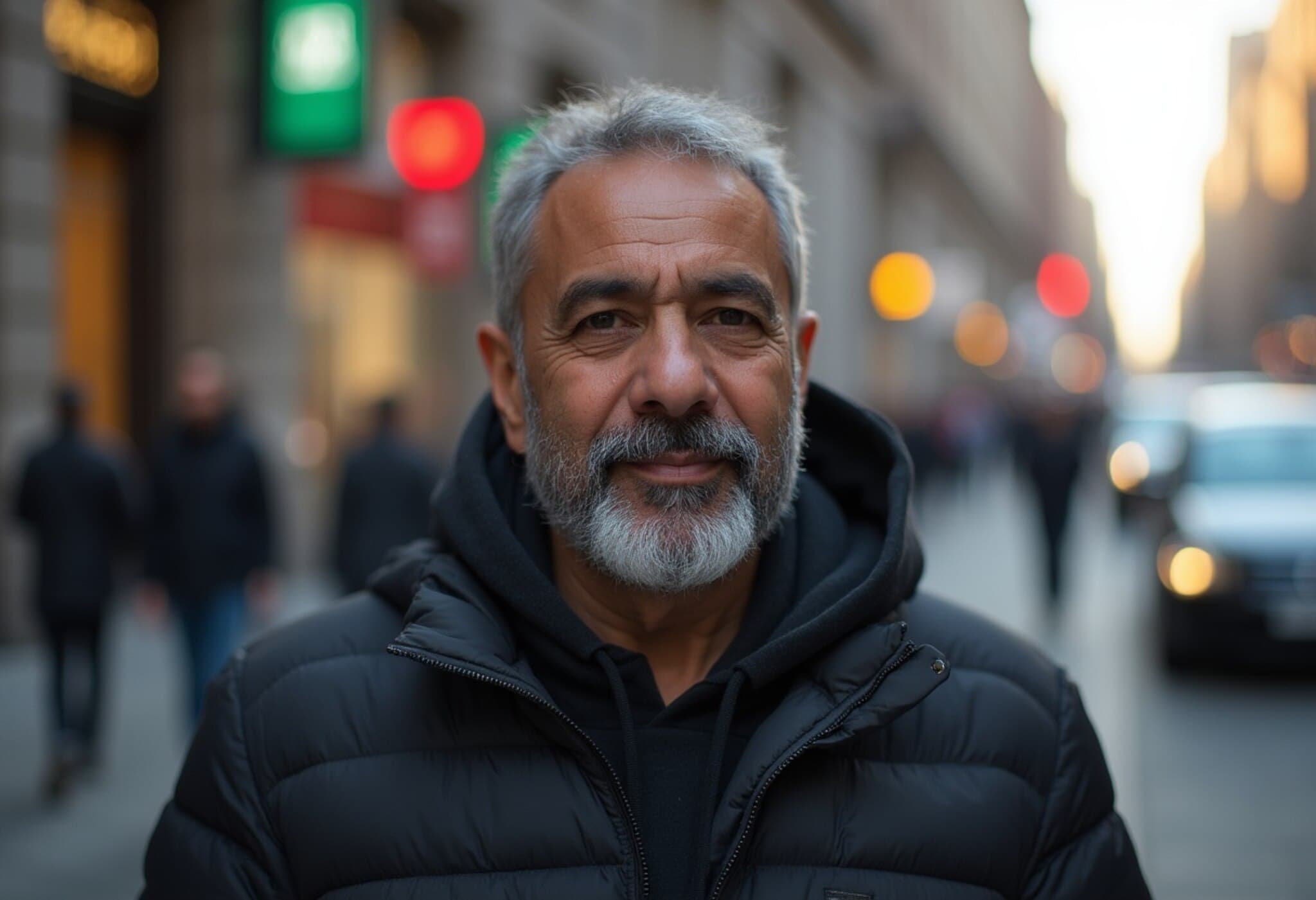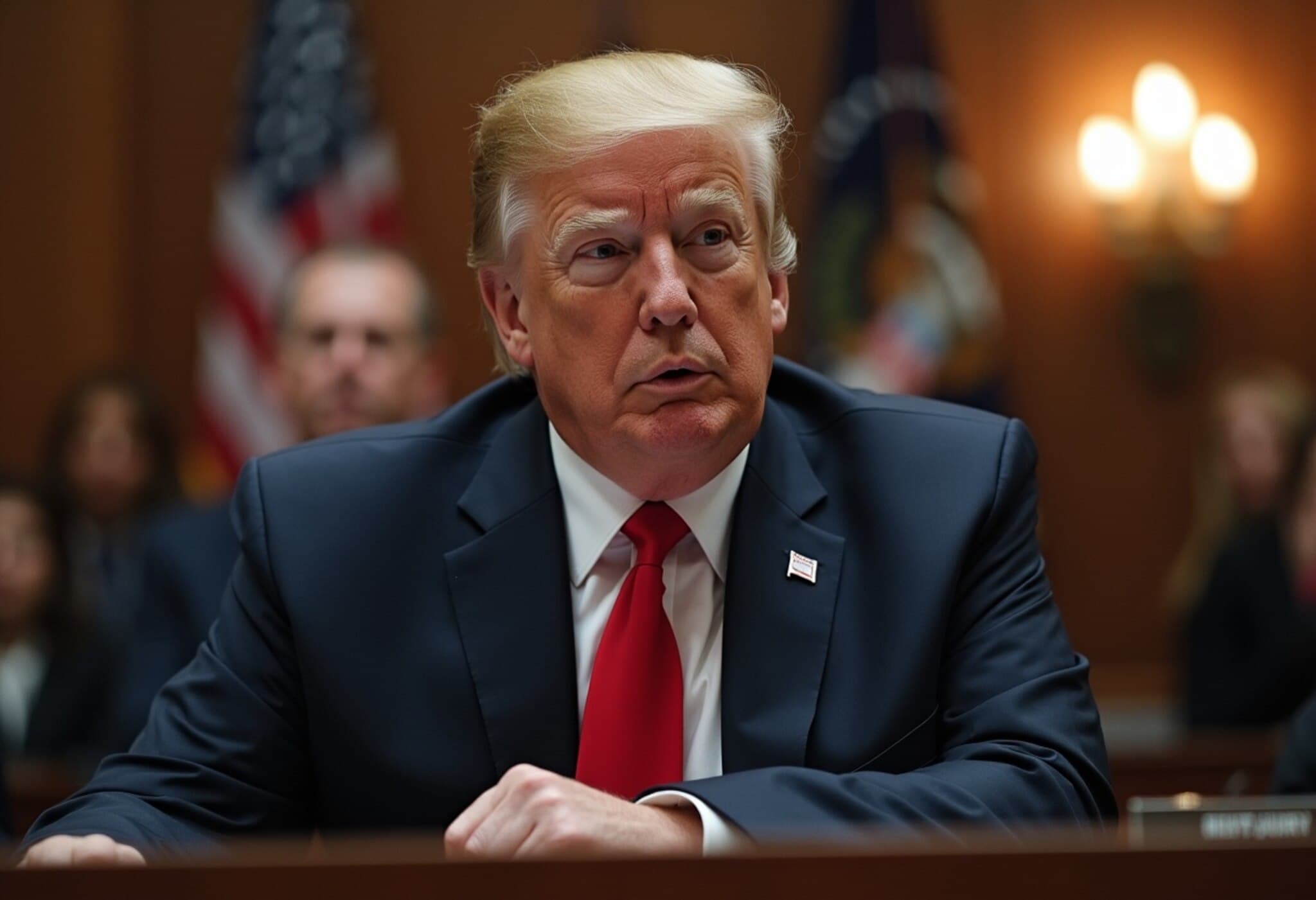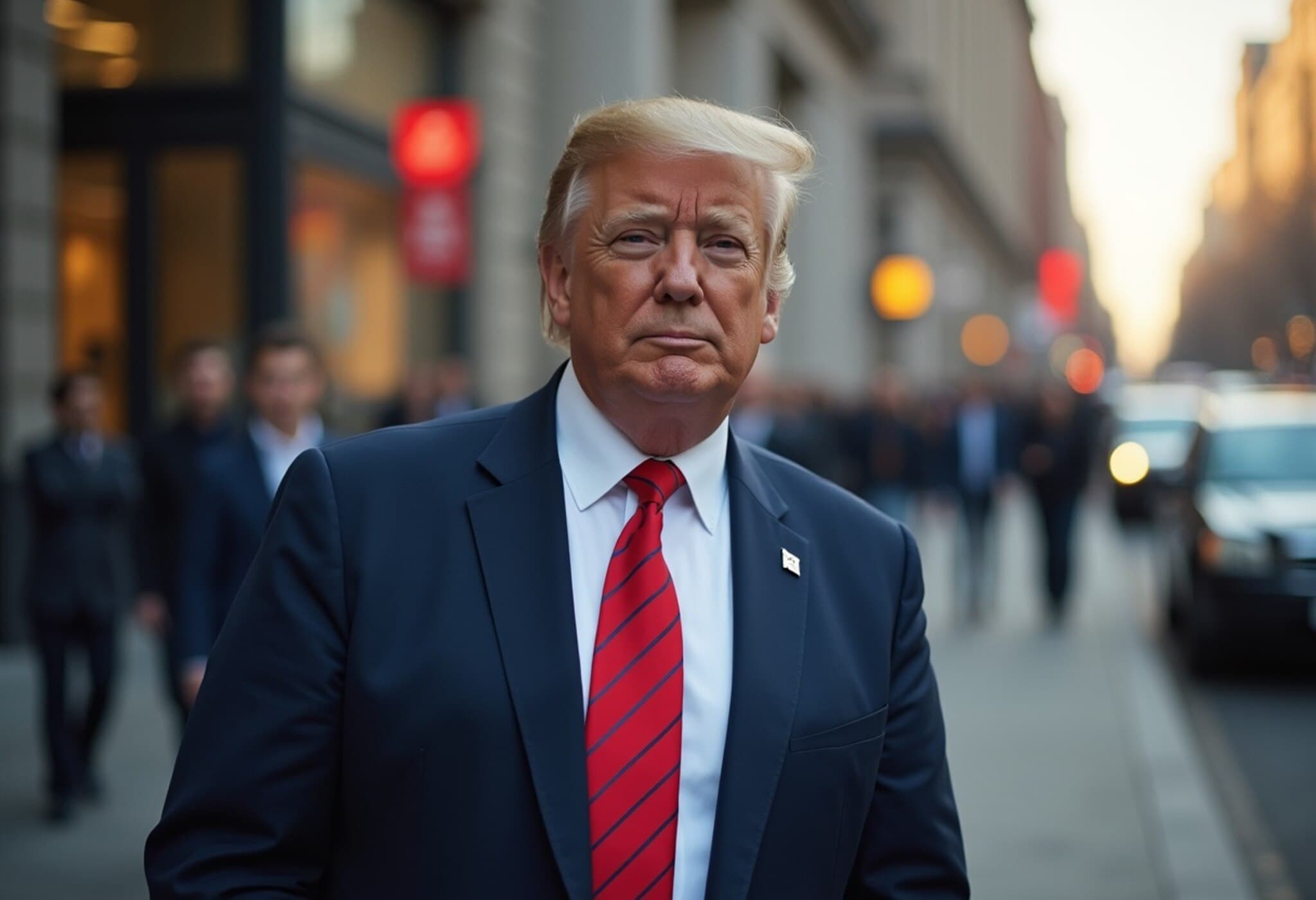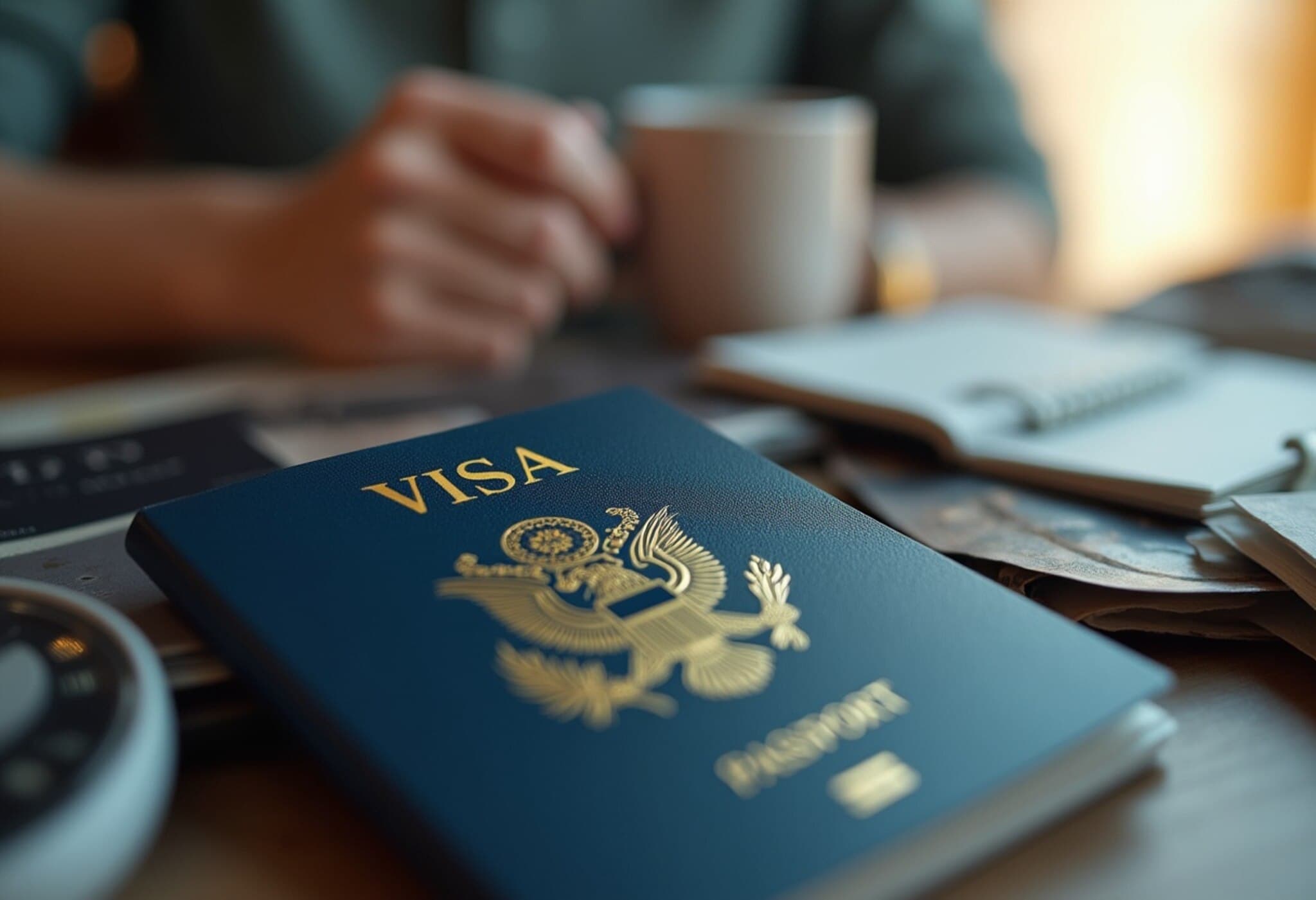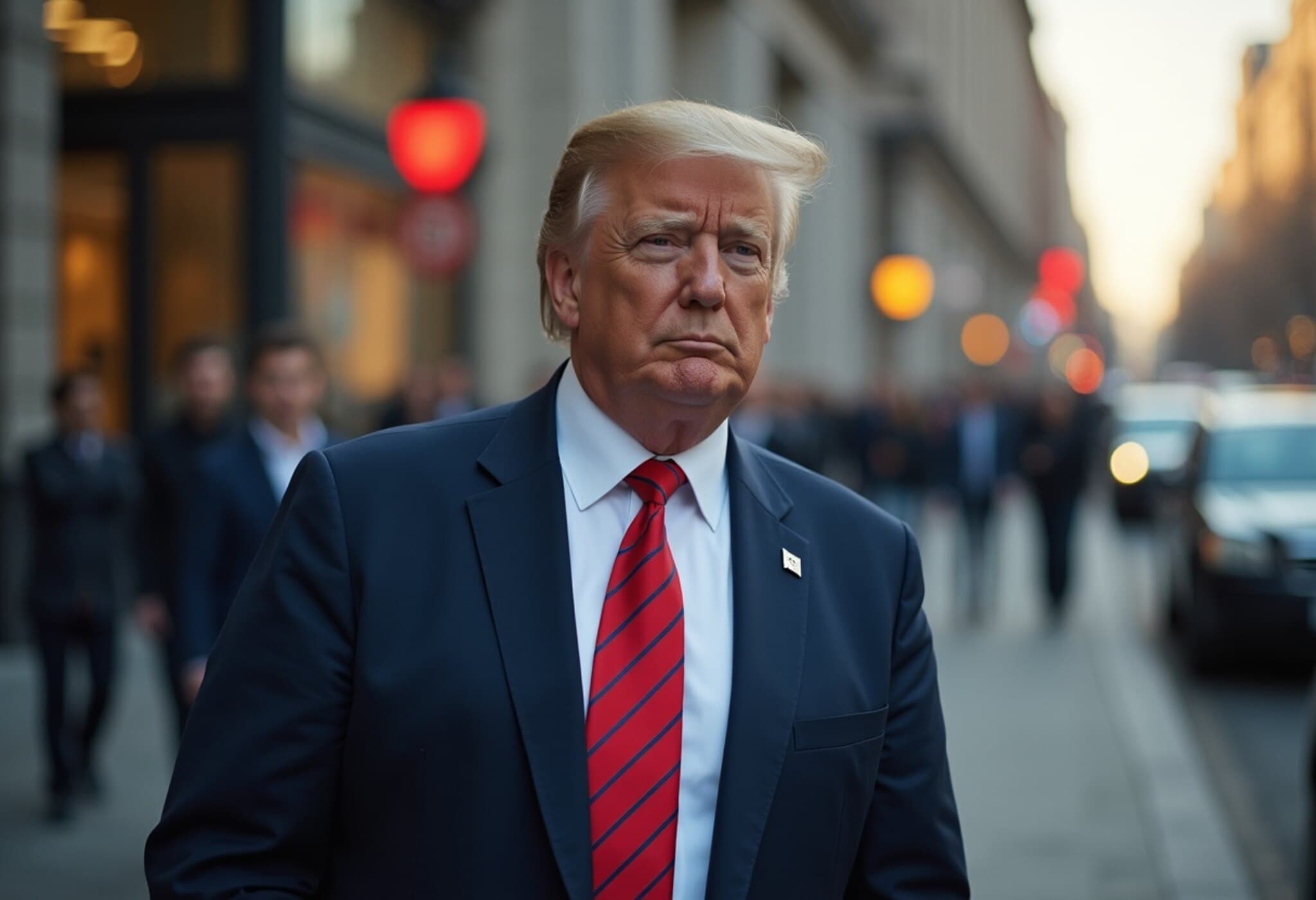Trump Administration Reignites Debate Over Wage-Based H-1B Lottery
The Department of Homeland Security (DHS) under the Trump administration is preparing to roll out a sweeping revision to the H-1B visa lottery system — shifting from a random drawing to a weighted selection process based on the salary offered to foreign workers. This change marks a significant departure from the traditional lottery method and is poised to reshape the competitive landscape for applicants vying for these coveted work visas in the United States.
What’s Changing and Why Does It Matter?
Recently, DHS submitted its proposed rule to the White House’s Office of Information and Regulatory Affairs (OIRA), signaling the start of the formal rulemaking process. If enacted, this new system would assign higher chances of selection to H-1B applicants who receive the highest wage offers from their sponsoring American employers. Experts anticipate this move could be finalized within the current calendar year after a period allowing public feedback.
Doug Rand, a former DHS official, underscores the momentum behind this policy shift: "The administration is moving at a brisk pace to transform the H-1B selection criteria to more heavily favor higher-wage positions — a direct reflection of efforts to prioritize economic benefit and to calibrate immigration policies to modern workforce realities."
Historical Context: The Shift from Random Lottery
This is not the first time wage levels have been proposed as a selection factor. In January 2021, the outgoing Trump administration finalized a rule that ranked applicants based on wage levels, giving top priority to those in the highest wage brackets. However, the incoming Biden administration swiftly halted this rule, and a federal court later vacated it altogether.
The H-1B program, established by Congress in 1990 to attract professionals in specialty occupations, now grapples with challenges that the original legislation did not foresee. Many of today's high-tech and emerging roles have unique employment dynamics that a salary-based selection system might favor or marginalize in unexpected ways.
Implications for Indian Applicants and U.S. Employers
Currently, the U.S. caps new H-1B visas at 85,000 per year, but demand exceeds this by nearly fivefold. Indians represent the lion’s share of H-1B recipients, securing 58% of initial employment visas and 79% of visa extensions in fiscal 2023 alone — dwarfing the numbers from other countries like China.
A shift to wage-based prioritization could disproportionately impact Indian professionals who often fill entry-level or early-career positions, including recent graduates on STEM tracks undergoing Optional Practical Training (OPT). Education and immigration experts warn that upping the wage hurdle threatens to exclude these young professionals, who typically command salaries below the top tier, despite their critical role in innovation and healthcare.
Potential Consequences and Industry Perspectives
- Short-term vs. Long-term Employers: Higher wage requirements might weed out transient staffing agencies paying minimal wages, but also risk sidelining established multinational companies, startups, and community hospitals that depend on early-career talent.
- Healthcare and Research at Stake: Immigration attorneys caution that wage prioritization could harm sectors like healthcare and scientific research, where competitive entry salaries are often lower than the proposed wage thresholds.
- Stifling Workforce Diversity: Emerging professionals, especially international graduates transitioning on H-1B visas, may struggle to enter the market, slowing innovation and economic growth.
As Rand articulates, "The intent to prioritize higher wages sounds reasonable, but the reality could freeze out promising talent who are still early in their careers, ultimately undermining the diverse, skilled workforce America needs."
Looking Ahead: What to Watch
The upcoming months will be crucial. Stakeholders—from employers and immigration advocates to prospective H-1B applicants—are urged to engage during the public comment period. The final shape of this new rule could redefine U.S. immigration and labor market dynamics for years to come.
For international students and job seekers alike, understanding these changes and preparing accordingly will be more important than ever.
Editor's Note
The proposed wage-based weighted H-1B selection ignites a complex debate balancing economic priorities with equitable access to opportunities. While aiming to reward higher-skilled workers and discourage low-wage exploitative practices, the policy risks marginalizing young professionals essential to America's innovation ecosystem — especially in STEM fields and healthcare. As lawmakers and agencies push forward, the broader societal and economic implications warrant close scrutiny and informed stakeholder participation.
About the Author
Lubna Kably is a seasoned editor specializing in immigration and economic policy analysis. Her work demystifies complex legislation for international job seekers and the diaspora community, offering nuanced insight into immigration patterns and tax policies impacting migrants worldwide.

